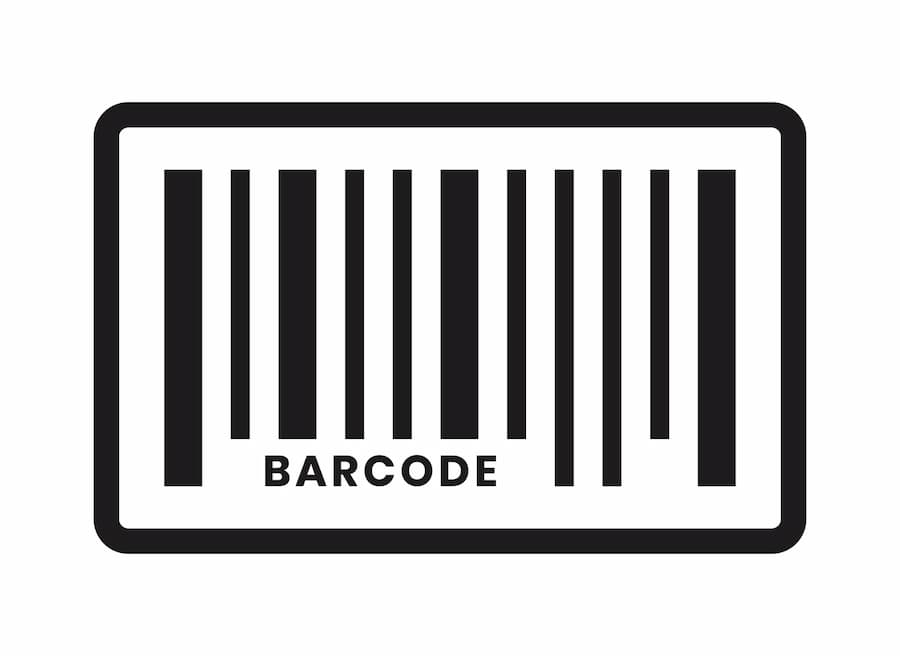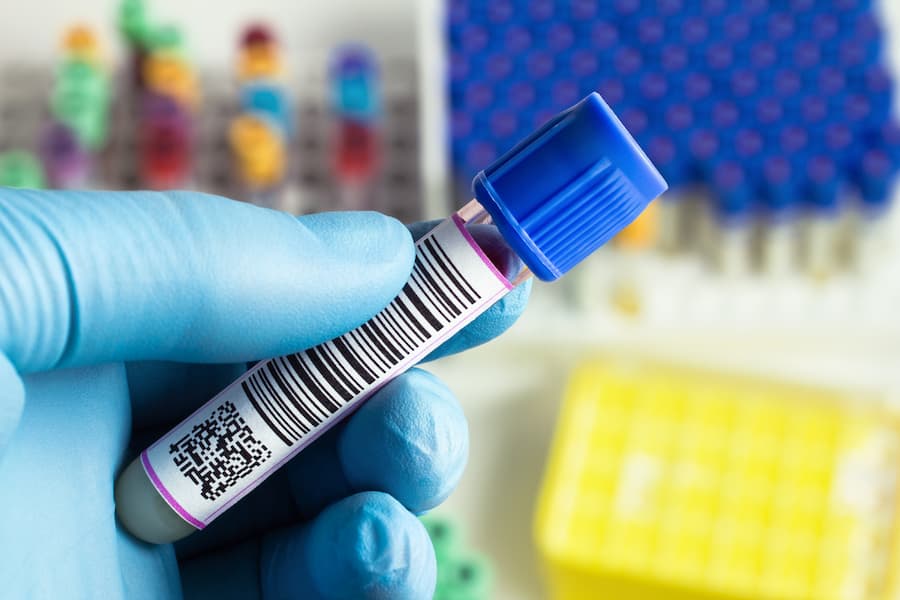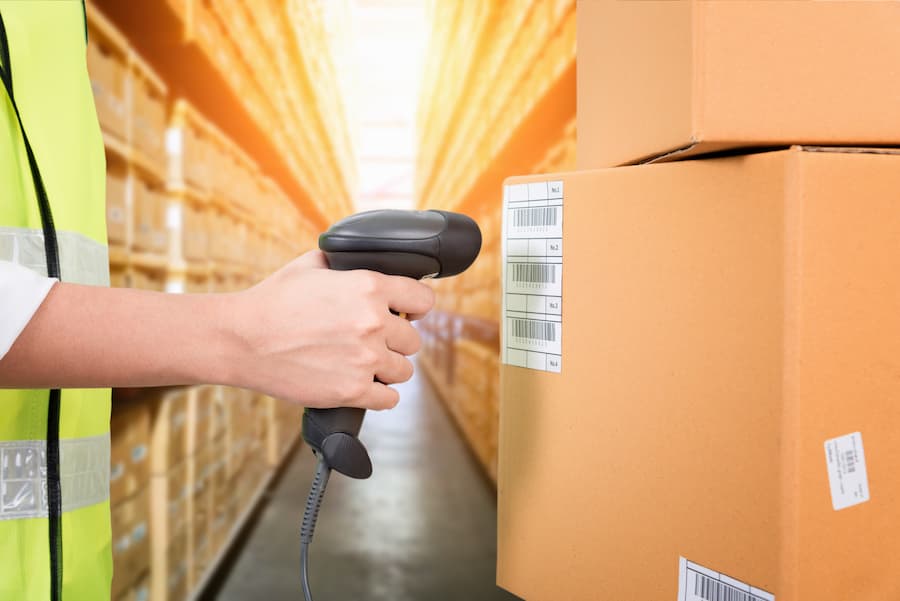Barcodes have become a vital part of everyday life, leaving their mark across every industry as an indispensable component within any organisation’s processes, especially within hospitality, retail and the growing world of eCommerce. But barcode labels are not just limited to these commercial applications. You can find barcode labels as an essential part of the automotive industry, research laboratories, and many other industrial purposes.
Each company will have unique requirements for their barcode labels, some of which will differ significantly from different industries. In addition, with a constantly growing number of applications for barcode labels, there is a need for new labels that manage data in new ways.

Barcode Symbology
There isn’t a single barcode label that can manage every business’s operation. Instead, many different barcode label designs ensure the smoothest processes, which is called a symbology.
Barcode symbology will dictate how the alphanumeric data is encoded on the label’s image. The monochrome pattern is not as randomised as many people think. Instead, it follows standardised code languages as the International Organisation for Standards (ISO) dictates.
The process of retrieving that data is something everyone has seen at one time or another in retail or grocery store. The information is retrieved when a scanner analyses the barcodes symbology, and it is sent to the associated point of sale (POS) system, where the inventory records of this item are accessed and updated.

One-Dimensional Label Designs
This form of barcode is also known as a linear barcode. These are the traditional barcode styles that have become synonymous with the name. The classic black and white parallel lines and their spacing will dictate the data stored on the label.
Typical uses of the one-dimensional label are widely varied, including inventory management, asset tracking, and retail till checkouts.
Two-Dimensional Label Designs
This form of barcode is relatively new as the advantages of adding the second dimension became clear. The second dimension replaces the single direction lines with two lines working together to create squares and rectangles. These shapes are then filled with either black or white dots to suit the desired pattern. This new level of encoding is called a data matrix.
This new barcode can be used in many roles similar to linear barcodes, but they provide increased data, opening up more options for their use. These new two-dimensional labels have a growing popularity in many industries due to their effectiveness in tracking assets across the supply chain of manufacturing or engineering.
Whereas one-dimensional labels store a set amount of alphanumerical data, these two-dimensional ones can store significantly more. Additionally, thanks to this two-dimensional encoding, they can operate without a related database providing information and working independently. This makes them far superior for items travelling through many companies on a supply chain or for enhancing physical marketing with QR codes.
RFID Labels
RFID stands for radio frequency identification. This label is the latest innovation in label encoding, one that embraces wireless technology. These labels can respond to transmitted radio signals, and The RFID reader can receive the encoded data on the tag remotely.
Many different operations embrace RFID labels as a tracking system to speed up inventory checks and the search for items in a vast warehouse. In addition, RFID labels enable warehouses and distribution centres to significantly the productivity of their processes, such as handling imports and exports and monitoring what’s stored. They improve these by removing the need for line of sight. However, combining passive RFID tags and labels with an RFID portal allows warehouse managers to monitor activity in real-time without needing constant manual updating.
RFID has become a sought-after solution for many industries requiring absolute accuracy for asset tracking compliance. Perishable items, including pharmaceutical lab labels and food industry assets, are the most applicable for this. The ability to encode increased data and update it wirelessly whenever required creates a far smoother process for any supply chain.

Examples of Barcode Format Types
Code 93 barcodes are primarily used in retail logistics to identify inventory. This linear label design has the appropriate data encoded and embedded security within the code to keep the data confidential. Compact size and high density, code 93s are excellent for their role in deliveries and temporary storage.
Codabar barcodes are a one-dimensional encoding used for logistics and by healthcare professionals. This linear barcode encoding design is intended to be the easiest to print and can even be printed without a computer. This label design benefits from being easy to scan and self-check, which will help reduce errors.
QR codes are the most well-known two-dimensional barcode encoding. These are predominantly used in asset tracking and physical marketing campaigns. With enhanced readability, fault tolerance and size flexibility, they can be encoded with numeric, alphanumeric and binary data.
PDF417 labels are used where applications require vast amounts of data encoded. These can be photographs, fingerprints and passports. This code can store over 1.1kb of machine-readable data, making them a choice with extensive density despite its minute size.

GSM Barcoding is a member of the GSM group, the most prominent nameplate and label company in Europe. We specialise in supporting many sectors by providing practical solutions such as barcode label software, wireless site surveys, barcode labels, asset tracking and mobility solutions, all of which are available online.
So as you can see, each label has a unique role and its way of approaching it. Each of the individual businesses we’ve helped across many different industries we assist in has specific requirements we are happy to fulfil. If you are unsure which label would best suit your businesses needs then please don’t hesitate to contact us directly and we can help you make the right choice.


















